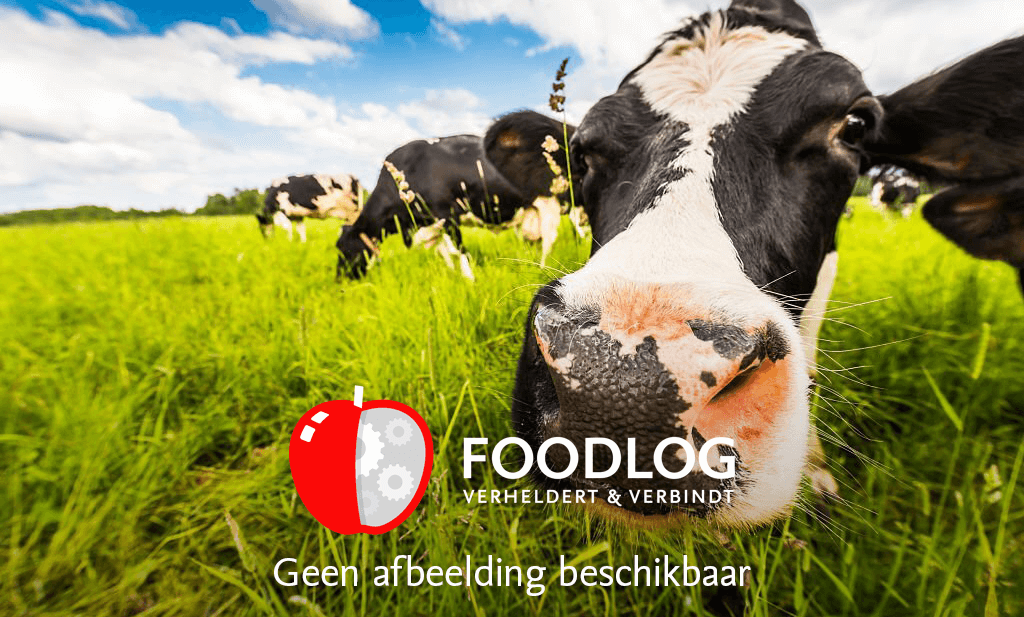Ter illustratie: een Noord-West Europeaan eet ongeveer een half varken per jaar. Waarom dan niet die varkens? Zou jij ze eten?
The actor plants his face in the dirt, and grunts when he roots out an apple. Defecating on stage is also part of his role in an avant-garde production of Hans Christian Andersen's "The Swineherd," performed this year in an old equestrian arena at the University of Copenhagen's Faculty of Life Sciences in Denmark.
The actor was a 6-month-old, 200-pound pig, one of seven raised for a glamorous but short stage life. After the last performance in November, the pig and his porcine costars were to be butchered for a banquet in which everything, including the dessert, contained pork.
The project was developed by the performance group von Heiduck, which hired two animal behavior specialists to train the thespian pigs. Dorte Bratbo Sørensen is an assistant professor at the university, where she teaches scientists how to train laboratory animals to cooperate in clinical procedures, like getting weighed, accepting a rectal thermometers, or getting pricked for blood samples. Karen Frost Knudsen has a degree in agronomy from the university and is now an instructor at Hund & Træning, a company that offers dog training classes and publications.
"We insisted on using positive reinforcement training, with no punishment for unwanted acts, only rewards for desired behavior," Sørensen said. "That way, the animal chooses to do the trained behavior, instead of acting out of fear." This was especially important for this project, adds Knudsen, because "our main job was to make sure the pigs were relaxed around humans.
They started with "the pig magnet," a stick that the pigs learn to touch with their snout, eliciting a click that indicates a desired behavior and a piece of apple from their trainers. Soon, the food-motivated pigs follow the stick as though they have metal noses and the stick really is a magnet. "When they are positively trained, they realize they can make us do stuff, like deliver apples," said Sørensen. Knudsen added, "If you do it well, the animal thinks it's training you."
Sørensen and Knudsen had to train the humans as much as the pigs with whom they shared the stage. "The theater company had unrealistic ideas about the pigs going into the audience," said Sørensen. "We told them if they did this, within 15 seconds, a pig was going to eat someone's Gucci bag." Sørensen and Knudsen also had to teach the actors to ignore unwanted behavior from the pigs. "If they chew someone's jacket and you accidentally reward them by reacting, they'll repeat it," said Knudsen.
The performance featured both porcine and human nudity, so for some actors, all practices had to be "undress rehearsals," so the pigs wouldn't be surprised on opening night. "In fact," said Sørensen, "the first time an actress took off her clothes in rehearsal, one of the pigs screamed."
The play received mixed reviews. A local critic appreciated the concept, but found the dialog inane. That same critic found the pigs, whose role was to periodically run freely around the arena, snuffling and urinating on the dirt floor, "beautiful" and "athletic."
"The point was the clash between culture and nature, and the debate about having animals as friends and yet eating them", said Sørensen. "The play was weird, but the pigs performed very well."
After the last performance, they were slaughtered as planned. The banquet was canceled because of slow ticket sales, but the pigs will be sold as organic, free-range pork, which neither of the trainers would have trouble eating. "They had lots of space and exercise," said Knudsen. "They were mentally active and always with other pigs."
Sørensen added that the star swine had better lives than most animals used for food, and they were so accustomed to being around humans, their death shouldn't have been stressful. "If I had a problem eating those pigs, with the life they had," noted Knudsen, "how could I eat any pork?"
Nog 3
Je hebt 0 van de 3 kado-artikelen gelezen.
Op 3 augustus krijg je nieuwe kado-artikelen.
Op 3 augustus krijg je nieuwe kado-artikelen.
Als betalend lid lees je zoveel artikelen als je wilt, én je steunt Foodlog













Gisteren schreef ik in de topic op Foodlog 'Vlees met Sex':
"Erotiek en eten is al behandeld op Foodlog.
Voortplanting en opeten doen we nu.
Erotiek en slachten (*) komt nog.."
De foto's bestuderende is Dick snel met mijn laatste profetie aan de haal gegaan... ;-)
(*) Arrabal gebruikt dit soort beelden (o.a. naakt jongentje/man hurkend in een vers geslacht hangend karkas van een rund) in zijn bijzondere meesterwerk 'Viva La Muerte !'